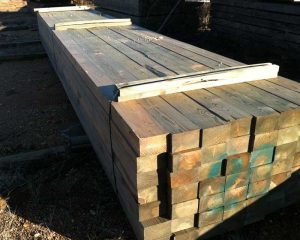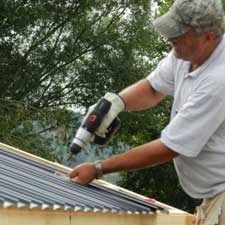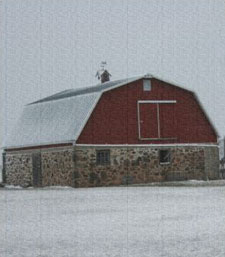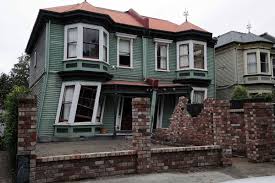In my past life as a post frame building contractor one of our biggest challenges was we could not use our x-ray vision to determine what below ground surface conditions existed.
Reader ALAN in DANDRIDGE writes: “Mike I think we might have a high water table, if we have water in the bottom what is the best way to install poles and will your posts hold up if we do?”
Back when I was a contractor we would run into this situation occasionally. Our solution then was to stand columns in holes, brace them and then backfill with pre-mix concrete with very little water in it. Concrete weight would displace water in the holes. It did take a significant amount of concrete, however it was only about $30 a yard then.
 How I would do it now – I would use sonotubes equal to or larger in diameter than what was specified by an engineer. Cut tubes to depth of hole length, then cover one end of tube with six ml black visqueen (read about visqueen history here: https://www.hansenpolebuildings.com/2013/07/moisture-barrier/ ) sealed tightly around sides of tube. Place the tube in the hole with covered end down (this will take some work, as the tube will want to float like a boat). Once sonotube has been placed, backfill around outside with compactable material – compacting no more than every six inches. Then stand column in tube, brace it and backfill with pre-mix concrete as engineer specified.
How I would do it now – I would use sonotubes equal to or larger in diameter than what was specified by an engineer. Cut tubes to depth of hole length, then cover one end of tube with six ml black visqueen (read about visqueen history here: https://www.hansenpolebuildings.com/2013/07/moisture-barrier/ ) sealed tightly around sides of tube. Place the tube in the hole with covered end down (this will take some work, as the tube will want to float like a boat). Once sonotube has been placed, backfill around outside with compactable material – compacting no more than every six inches. Then stand column in tube, brace it and backfill with pre-mix concrete as engineer specified.
All wood-rotting fungi require some air for growth, and many species die quickly if they are deprived of it. Air-moisture balance in wood cells, therefore, is a most important factor controlling wood’s susceptibility to decay. Fungi need oxygen for sugar oxidation, which they use for growth and energy supply. This breakdown of carbohydrates in the respiration process produces water and carbon dioxide.
If there is no interchange of air, fungus will die from suffocation by carbon dioxide. For example, when cell spaces are completely filled with water, as they are when wood is submerged in water, air supply is cut off and growth is stopped. Burial in the ground below the water table will similarly cut off air supply.









